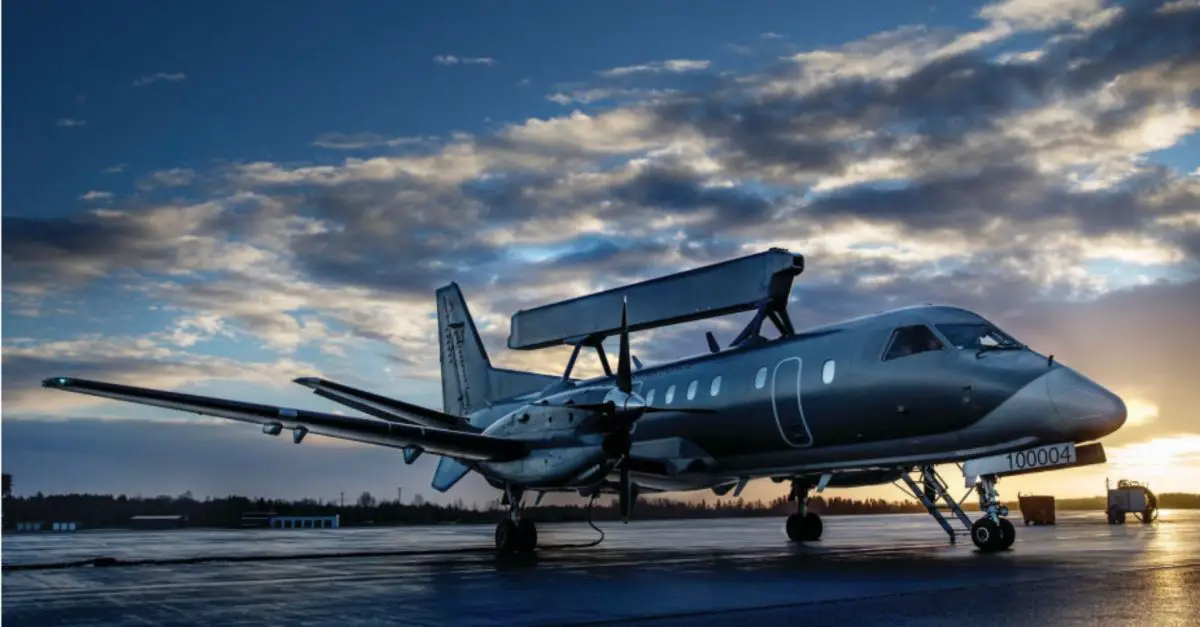Breaking news
Overview of ASC 890 Airborne Surveillance and Control aircraft that Sweden to deliver to Ukraine.
On May 29, 2024, the Swedish government unveiled its 16th and largest military support program for Ukraine since the beginning of Russia's full-scale invasion. This comprehensive package, valued at over one billion euros, includes, for the first time, the ASC 890 Airborne Surveillance and Control aircraft, RB 99 (AMRAAM) missiles, and the entire fleet of Swedish PBV 302 armored personnel carriers. This is the first time such an aircraft has been donated, but what will its impact be?
Follow Army Recognition on Google News at this link

ASC 890 as a news illustration (Picture source: Nyhetsredaktionen)
The ASC 890 is an advanced airborne surveillance and control aircraft developed to enhance air defense capabilities against aerial and maritime threats. Entering service in the early 2000s, this aircraft is equipped with sophisticated radar and sensor systems that provide deep situational awareness and long-range target identification. Its capabilities include real-time data collection, processing, and dissemination, significantly enhancing command and control operations. The ASC 890's ability to operate at high altitudes ensures comprehensive coverage and robust surveillance capabilities, making it an essential asset for modern air defense strategies.
Ukraine has numerous armament needs, one of its weaknesses being the lack of anticipation of Russian threats. Currently, aerial detection is carried out at the borders of Ukraine, due to the lack of long-range radar. Since the beginning of the large-scale Russian invasion, it has been NATO drones and aircraft providing Ukraine with the necessary intelligence for combat operations. However, this intelligence takes time. In the dynamic movement of combat, time is too precious for the Ukrainians. Having such an aircraft will allow them to visualize aircraft and ships.
Able to fly at an altitude above 14,000 meters, it is high enough to detect threats and deploy countermeasures in time. Additionally, its radar has an estimated range of 350 to 400 km, making it very useful for early and deep detection. Moreover, radar detection is not the only function of this aircraft; it is also capable of signal intelligence, which means capturing and analyzing radio and communication signals between equipment to locate them. This is particularly useful for detecting all activations of surface-to-air defenses and for coordinating counter-battery artillery fire.
The last capability of this aircraft is its communication relay capacity. This aircraft can increase the range of radio communications, ensuring the follow-up of ongoing actions in depth.
These capabilities are advantageous for the Ukrainians, who will be able to coordinate and detect actions over a larger area. Combined with the rapid mobility capabilities of PBV 302 ground vehicles, Ukraine will be able to conduct deep incursions and actions in a coordinated manner. While this may not change the course of the conflict, it will certainly make Russian offensive actions significantly more complex.


























